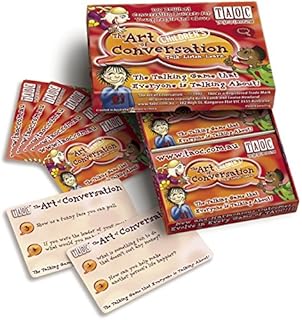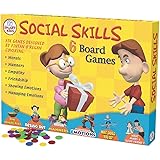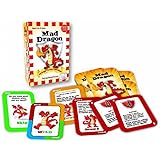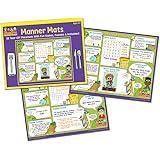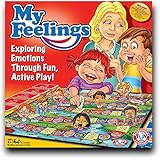Multisensory Spelling “VKAT” (Visual, Kinesthetic, Auditory, and Tactile)
Learning how to spell in my class is more about building auditory, visual and sequential memory. Teaching spelling is also about building strong language and vocabulary skills.
HOW TO PASS ANY SPELLING OR VOCABULARY TEST with zero stress, plus build working memory at the same time! Win Win!
All “VKAT” ELA activities are done standing up, to enhance
student engagement and to trigger Vestibular balance which can enhance and deepen learning. Instructional Grouping and setting in the Classroom is critical to student success. Student always work in cooperative groups standing face to face so they can teach and repeat all instructional materials using a think pair share model and or a call and respond model.
-
Say the” vocabulary” word
-
Spell the “vocabulary” word (trace and say each letter on your hand or a hard surface, "taction and voiced")
-
Chunk the “syllables” word (phonetic and mnemonic memory devices can be expanded on when chunking) to-get-her together
-
Count the number of letters
-
Use the word in a complete sentence (visual gestures, ASL, and pantomime "dramatise and emotional articulations are required")
- Repeat over and over to build auditory and sequential memory.
- ACT IT AND PLAY IT OUT
- JUMP AND SAY IT OUTLOUD
- TRACE IT OUT ON THE FLOOR, YOUR BACK, IN THE SAND, ON THE CARPET, WITH ART MATERIALS
- JUMP SKIP ROPE AND JUMP IT AND RHYME IT OUT
- SING IT OUT
Multisensory Vocabulary “VKAT“ Word-Work (Visual, Kinesthetic, Auditory, Tactile)
BUILDING LISTENING AND SPEAKING SKILLS!
Part ONE! Students take turns asking and answering.
- Ask the question: What is the denotation and connotation of the term … (students are standing and using American Sign Language and or gestures and dramatic emotional articulations when engaging with peers)
- The student answers the question: The primary meaning or denotation of the term…, is…., a possible connotation of the term is… (visual gestures and dramatic or emotional articulations are suggested)
- Ask the question: Please give me a contextual exemplar or the terms common usage… (students are standing and using American Sign Language and or gestures and dramatic emotional articulations when engaging with peers)
- The student answers the question: An excellent contextual exemplar of the term is … , a secondary contextual exemplar might be… … (answer the question, visual gestures, and dramatic or emotional articulations are suggested)
- Ask the question: Please give me an important detail or attribute that is associated with the term … (students are standing and using American Sign Language and or gestures and dramatic emotional articulations when engaging with peers)
- The student answers the question: An important or critical detail of the term is … , a secondary trait of the term would be… (visual gestures and dramatic or emotional articulations are suggested)
The vestibular system includes the parts of the inner ear and brain that help control balance and eye movements!



